In April 2022, while most of the world's attention was on Elon Musk buying Twitter, Apple quietly launched its self-service repair program, and Apple may or may not have fixed the Studio Display's webcam.
If you don't happen to know this already, you've just seen it in action in April 2022. There is a Goldilocks pricing strategy where a company will sell something at three different prices.
It's similar to how Apple has promoted good, better, and best options before. But the first price is very low so that Apple or whoever can claim that they offer an affordable product.
The company has worked it so that no one buys this cheapest option, and if anyone does, they find out it's lacking something vital. Then there's the middle price, which is expensive but has what most people need.
And then there's the most expensive one, but its only real purpose is to make the middle one seem cheaper. The company knows few people will ever buy the top-price version, but it's hardly any skin off the company's nose if they do.
In April 2022, Apple launched its promised self-service repair program, but its purpose is to achieve many things other than being a repair service. There will be people who buy or rent its toolkit to make repairs on their iPhones, but very few.
Instead, the program answers Apple's critics, giving the appearance that it's given a victory to Right to Repair fans, though it's really made it harder for them to protest. It's also got Apple ahead of likely new legislation, too.
But the biggest thing it's going to do is take its place in the Goldilocks price range. Seeing the cost and then the complexity of any repair job you can do with it, most people will instead send their broken iPhones to an Apple Store.
Depending on what's wrong with the iPhone, some people may just buy a replacement. Apple can live with that.
Apple still fixes things itself
Quite apart from the issue of what you can repair in an iPhone, what it will cost, and whether you'll ever bother, April also saw Apple doing a fix. The promised software update for the Studio Display came. The one Apple let us believe would fix that monitor's webcam problems.
Now we've got the release, everyone's noticing in retrospect that Apple had stopped short of actually promising a fix. Instead, Apple just said it would look at the problem and improve the situation.
Looked at from that way, the new update did the job. The webcam is improved.
It isn't fixed, though. And now we see that it never can be — because people's complaints about its quality are caused by the physics of what lens Apple chose to put in there.
It is better now, and the webcam isn't horrendous, and Apple has always used poorer FaceTime cameras, but it doesn't seem to stop people from buying Macs. But this is a case where Apple's original hyperbole about the quality of every aspect of Studio Display has led to disappointment.
Smaller launches and un-launches
That Studio Display was a big launch for Apple in March 2022, and it got a lot of fans as its shipping slipped on into April. But for April itself, Apple did make a few smaller launches, all of which were lighter than the 79 pounds of the self-repair service toolkit.
For people, there were new Earth Day-related challenges on Apple Watch, plus curated podcasts. Apple Fitness+ also gained a new range of post-childbirth workouts for new mothers.
Whereas for businesses, Apple launched a webinar to help people take up its new Apple Business Essentials. It's Apple's mobile device management program and if you thought about it at all, you've figured it's Apple's competitor to Jamf.
You would be wrong. Not because Jamf says no, no, it's fine, but because it's actually Apple's competitor to Jamf — and also its replacement for Fleetsmith.
You haven't heard of device management service Fleetsmith, and now it's too late.
Apple bought it in 2020, and in April 2022, announced that it was ending. If you're using it, you've got until October to high tail it out of there, and if you're not, you can no longer join up.
If that was Apple's un-launch for the month, YouTube beats it with how thoroughly it unlaunched iPhone Picture-in-Picture after an extended beta test. But then said it hadn't ditched it, we would all be getting it in days.
But then said, actually no, not so much.
Apple, for its part, chose to tell developers that they had 30 days to update their old apps or they would be pulled from the App Store. Then after a lot of protests, Apple said okay, okay, call it 90 days.
In comparison, one event this month went according to plan.
Elon Musk buys Twitter
First he came for some Twitter shares, and we said nothing. Then he became a Twitter director, and we said nothing — except "pardon?" when he changed his mind about that.
Maybe it's just that Musk finally visited the director's canteen and decided it had to be improved. Or perhaps he was always working to a plan, because after the shares and director shuffle, Musk announced he wanted to buy Twitter outright.
And then he did.
There was a corporate "poison pill" legal and financial trick used to make him change his mind, but as interesting as the details were, they didn't work.
The Twitter directors who were so against him buying the company that they concocted this poison pill legal approach are now fulsomely welcoming Musk.
Musk says he believes Twitter shouldn't limit free speech. So he came for Twitter, and we can say anything.
Exit Apple, stage right
Elon Musk's purchase of Twitter has already seen high-profile tweeters leave the service. It's seen low-profile, and even vanished, previous tweeters come back.
Sometimes only temporarily, sometimes only briefly, but Musk is changing what people think of Twitter and what they want it to be.
Similarly, Apple presumably wanted the State Privacy and Security Coalition (SPSC) to be what it claimed, an advocate for privacy. In April 2022, Apple said no, this group is pushing for poor legislation that offers at best weak privacy.
It was a simpler time
Privacy does seem to have been a concern for Apple since its very founding. But Steve Jobs and Steve Wozniak doubtlessly never expected to be running a TV station, not least one with critically-acclaimed shows.
They also couldn't have spent a lot of waking hours worrying about it, as by April 2022, Apple would be involved in far more legal cases than it has currently-shipping products.
Equally, Tim Cook and the rest of today's Apple executives would be forgiven for thinking fondly of the past. And this month, two things happened to help them.
Apple Museum Poland was announced in April 2022 and reportedly is home to 1600 items related to the "history and development" of Apple products.
If Cook and co can't go to Warsaw to see the museum's collection, it won't be because they can't afford the airfare. But even as preparing for June's WWDC might be keeping them busy, any Apple executive with a long memory — or you — can now relish a glimpse of the past.
Developer Felix Rieseberg launched the ability to run fully-working versions of Mac System 7, and Mac OS 8, in a web browser. Honoring the production schedules of times gone by, Rieseberg said the release was part of #MARCHintosh2020, but brought it out on April 1.
No fool, his version of a Mac emulator brought many a user back to the 1990s, and distracted us from waiting for May 2022.
2022 in review
- Apple's got $3 trillion, Intel says it's got an M1 killer, and Spotify has problems - January 2022 in review
- Ukraine invasion, App Store Changes, and retail openings - Apple's February 2022 in review
- Mac Studio hit, Studio display miss, and the iPhone SE - March 2022 in review
- Mac delays, iPod's demise, and Musk hesitates over Twitter - Apple's May 2022 in review
- WWDC, iPhone's anniversary, and USB-C is taking over - Apple's June 2022 in review
- MacBook Air ships, Apple Arcade loses games, and Chris Evans' iPhone - July 2022 in review
- The iPhone 14 event looms, roaming AirTags, and crime - Apple's August 2022 in review
- iPhone 14, Apple Watch Ultra, AirPods Pro and more - Apple's September 2022 in review
- More controversies than iPhones — November 2022 in review
 William Gallagher
William Gallagher
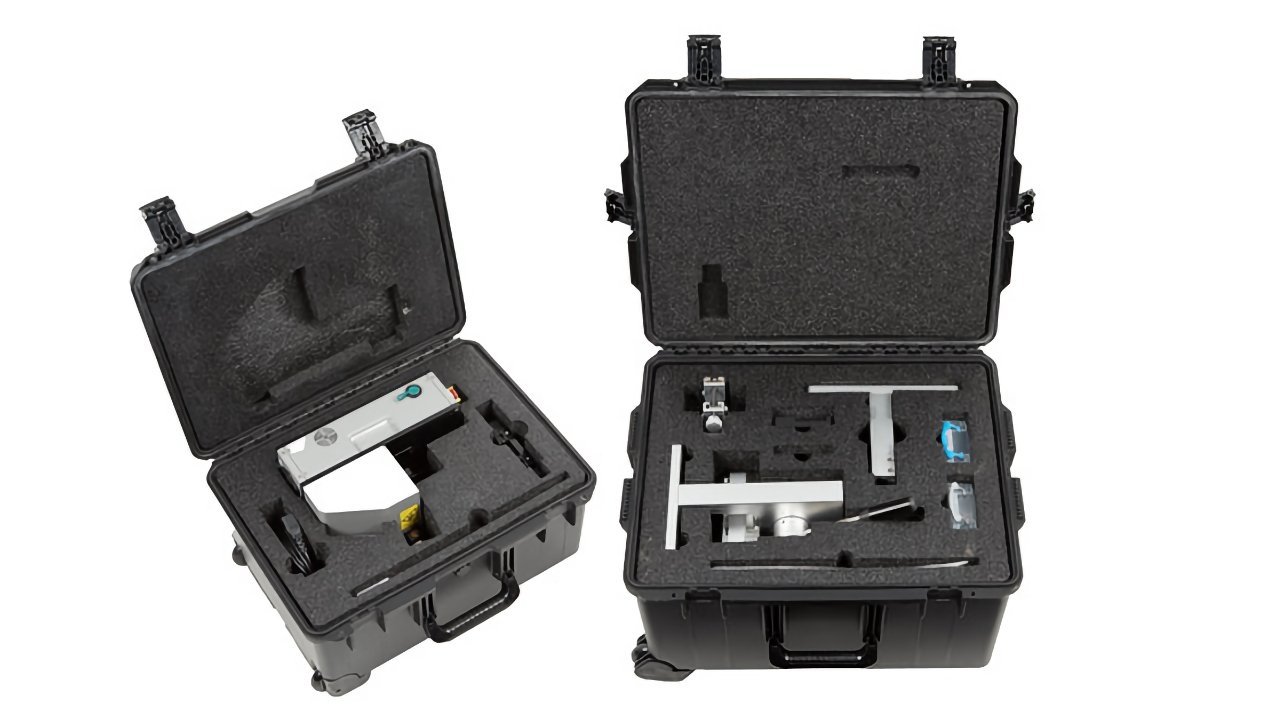
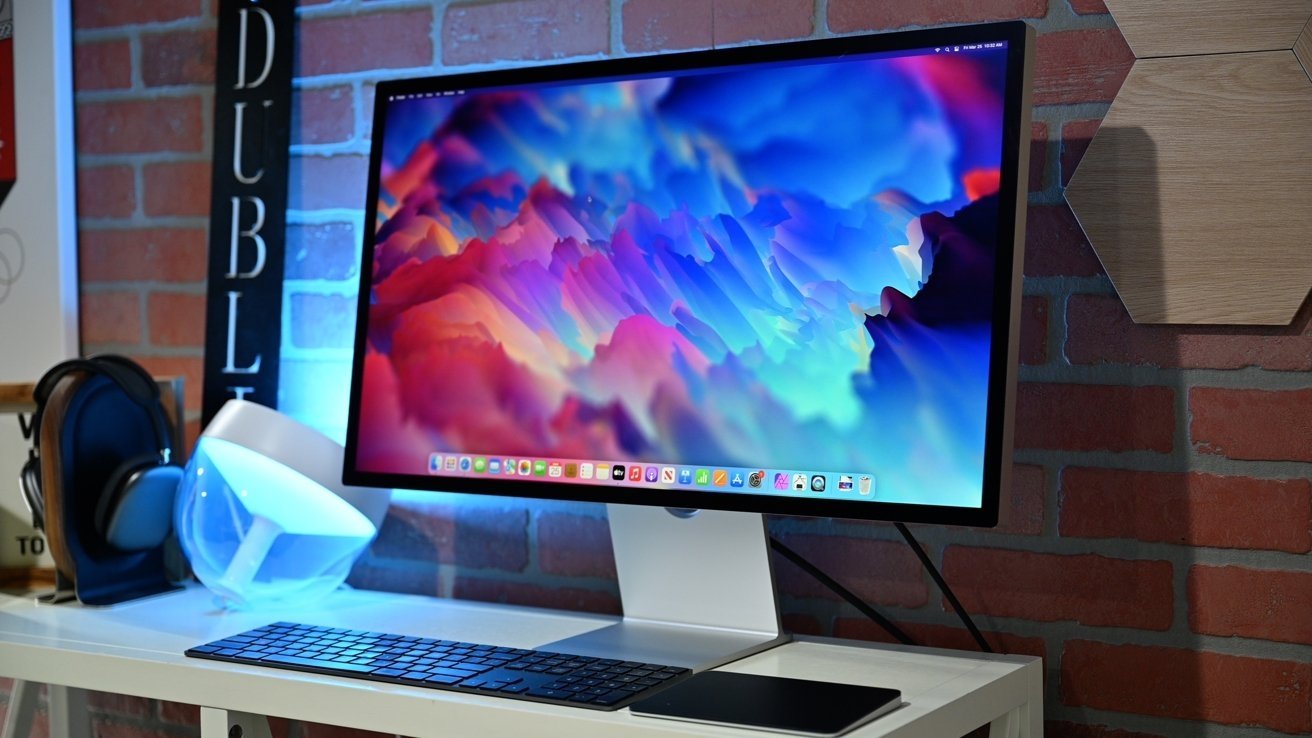

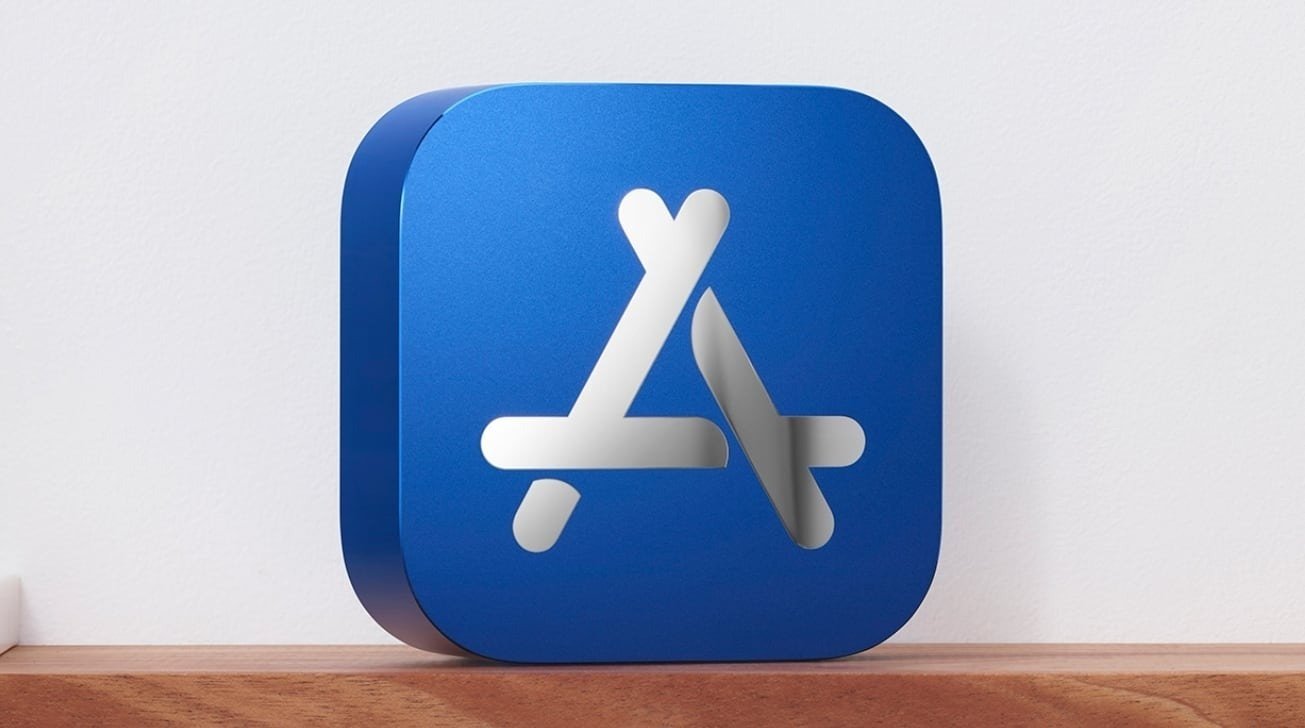

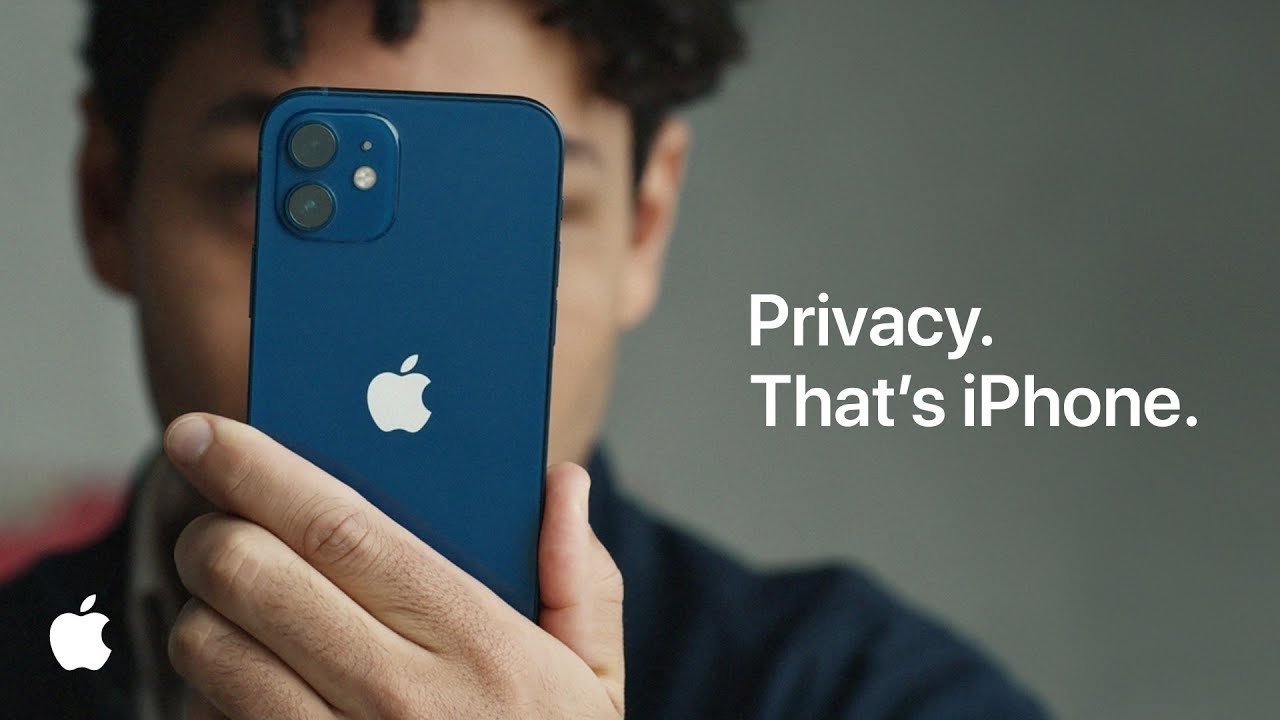
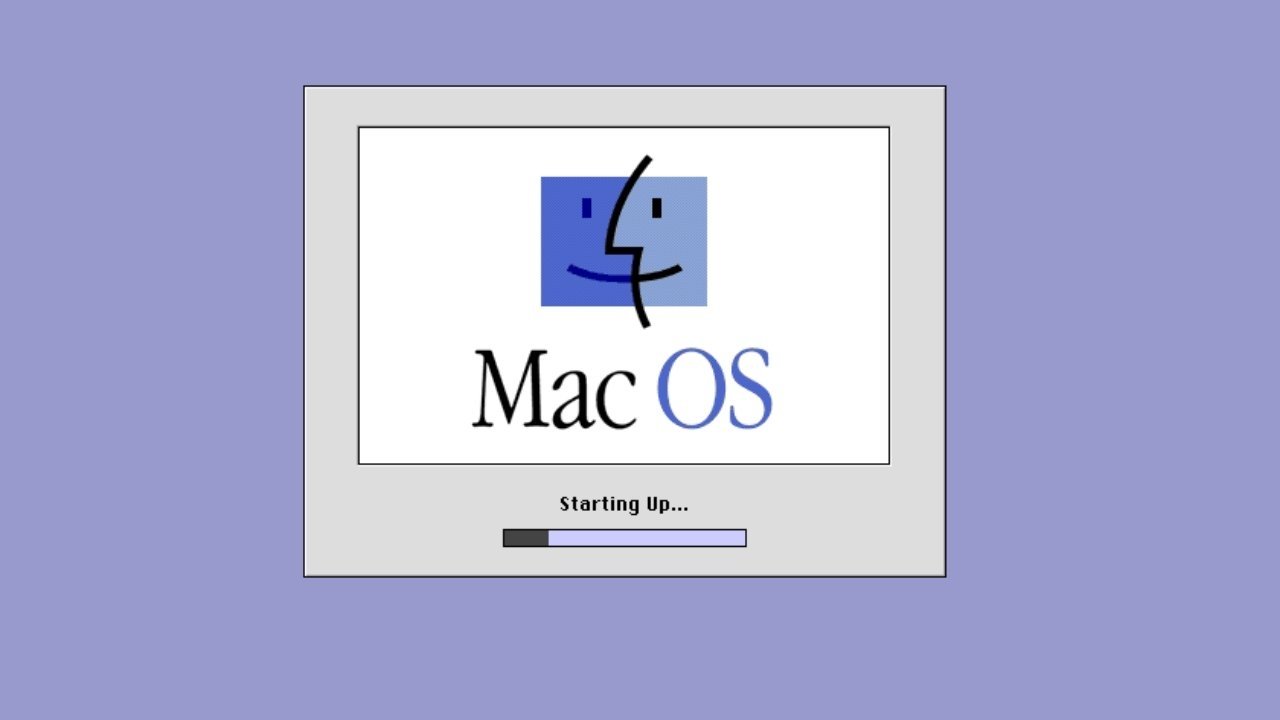

-m.jpg)





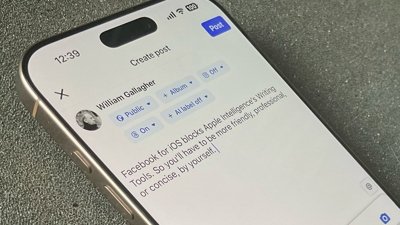


 Andrew O'Hara
Andrew O'Hara
 Wesley Hilliard
Wesley Hilliard

 Malcolm Owen
Malcolm Owen
 Marko Zivkovic
Marko Zivkovic





-m.jpg)




3 Comments
The self repair thing is unfortunately not what it should be.
sadly, studio display webcam seems to be a hardware issue. Software won’t help it.
"It is better now, and the webcam isn't horrendous, and Apple has always used poorer FaceTime
This. A few nerds are apoplectic about the Studio Display’s webcam, the technorati go totally apeshit, tech blogs latch on and run around with their hair on fire